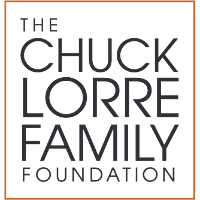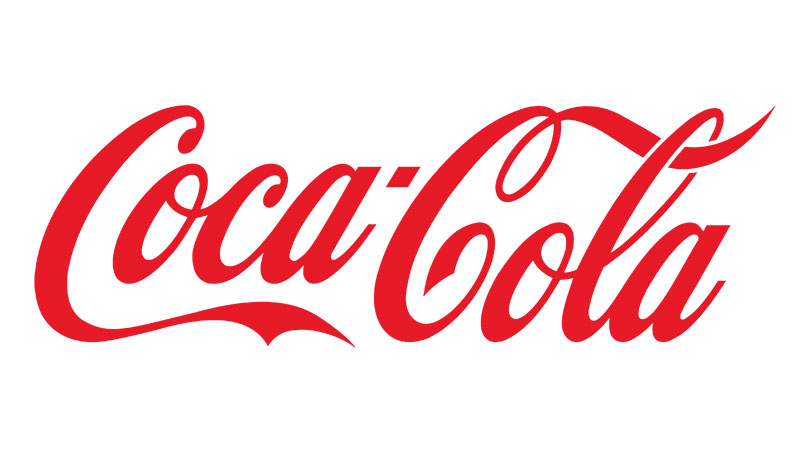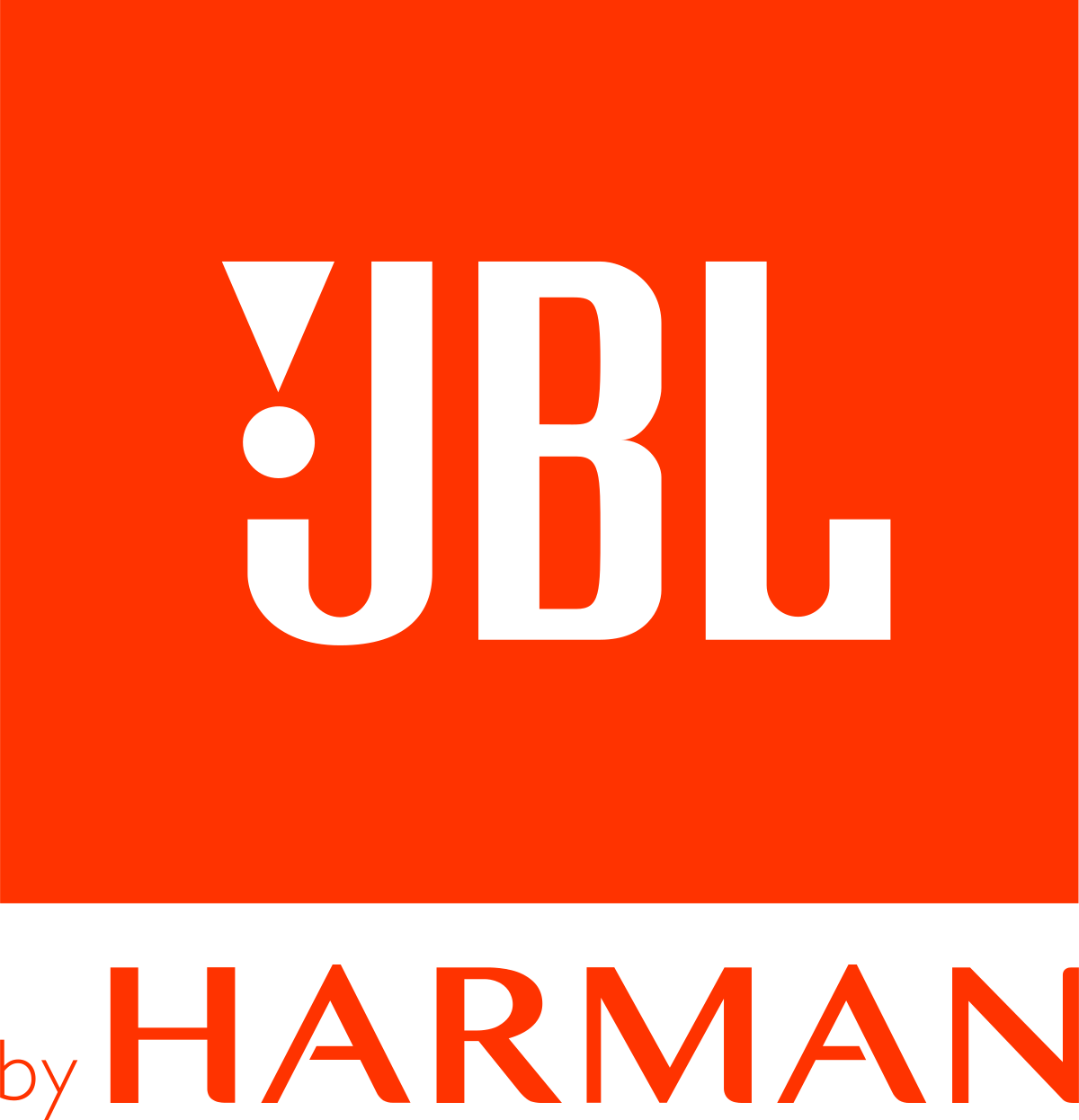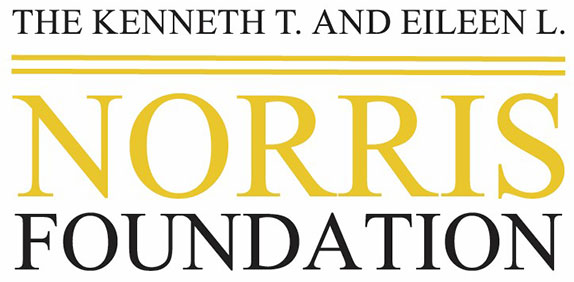The Prison Concerts: Folsom And San Quentin (Jim Marshall’s Photographs Of Johnny Cash)
On View - Oct 24, 2018 - Aug 05, 2019
Widely known as the godfather of music photography, the late Jim Marshall maintained a 50-year career that resulted in more than 500 album covers, an abundance of magazine covers, and some of the most celebrated images in blues, jazz, country, and rock and roll, including those from Johnny Cash’s notable Folsom and San Quentin prison concerts. To showcase these powerful snapshots of a legendary musician by a legendary photographer, the GRAMMY Museum® proudly presents The Prison Concerts: Folsom And San Quentin (Jim Marshall’s Photographs Of Johnny Cash), a new exhibit showcasing Marshall’s photos from Cash’s historic prison concerts in 1968 and 1969 featured in the art book Johnny Cash At Folsom & San Quentin. The exhibit will open on Oct. 24, when Amelia Davis, Jim Marshall’s longtime assistant and the sole beneficiary of his estate, and Scott Bomar, author of Johnny Cash At Folsom & San Quentin, will discuss the stories behind these photographs at the Clive Davis Theater as part of the Museum’s An Evening With program moderated by GRAMMY Museum Artistic Director Scott Goldman. The exhibit will run through April 22, 2019.
The Prison Concerts: Folsom And San Quentin (Jim Marshall’s Photographs Of Johnny Cash) will offer a definitive view of Cash’s prison concerts, featuring candid and performance images of these two memorable concerts that solidified Cash’s status as an outlaw king. Personally requested by Cash himself, Marshall was the only official photographer present at the concerts. He was granted unlimited access to Cash, June Carter, and their entire entourage. Cash, a staunch advocate for prisoner’s rights, wanted these concerts to be memorialized not only by the recordings, but also in pictures. Cash did these two concerts to shine a light on the terrible conditions and prisoner abuse that were rampant at the time.
From rehearsing with the band, to arriving off the bus outside the imposing prison walls, to shaking hands with prisoners and performing until sweat dripped down his forehead, Cash’s passion, authority, and intimacy of these legendary penitentiary performances was captured by Marshall.
“There was no restriction. There was [no one] telling me you can’t do this, you can’t do that, you can’t go here, you can’t do that. That was it. I was there taking pictures. That’s the magic,” Marshall once said regarding his unrestricted access in the prisons.
This exhibit captures the spirit of two artists– at the height of their creative powers. Marshall’s “JC Flippin’ the Bird at San Quentin Prison” has become one of the most iconic and most-copied photographs of the 20th century.
“Both Johnny Cash and Jim Marshall were iconoclastic artists who recognized their shared commitment to creative freedom. It is only fitting that Marshall was the sole photographer chosen by Johnny Cash to document his passion for music and its ability to lift the common man,” said Scott Goldman, GRAMMY Museum Artistic Director. “Many thanks to Jim Marshall’s estate for letting us feature some of the most momentous photographs in music history.”
Exhibit highlights include these photographs:
The iconic “JC flippin’ the bird at San Quentin prison” the famous “Johnny Cash getting off the bus at Folsom prison” the rarely seen image of “Cash in Greystone Chapel at Folsom prison.” the song “Greystone Chapel” was written by one of the inmates at Folsom, Glen Sherley. Cash recorded the song during the Folsom prison concert with Sherley in the audience. Jim captured their shaking hands after cash sang Sherley’s song.
View
All Past Exhibits
Subscribe
Please provide a valid email address
Please select at least one option above
Thanks for subscribing!






















